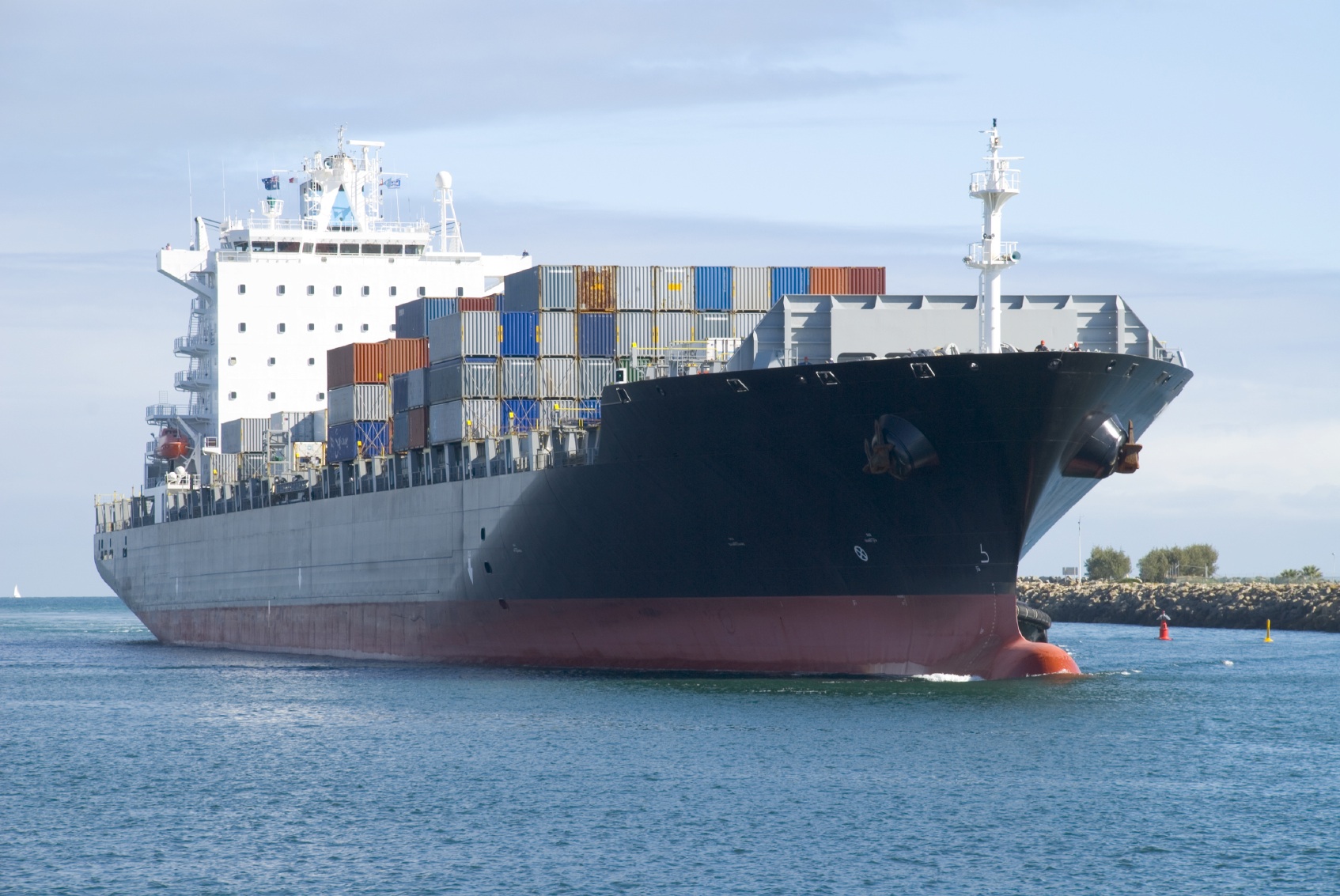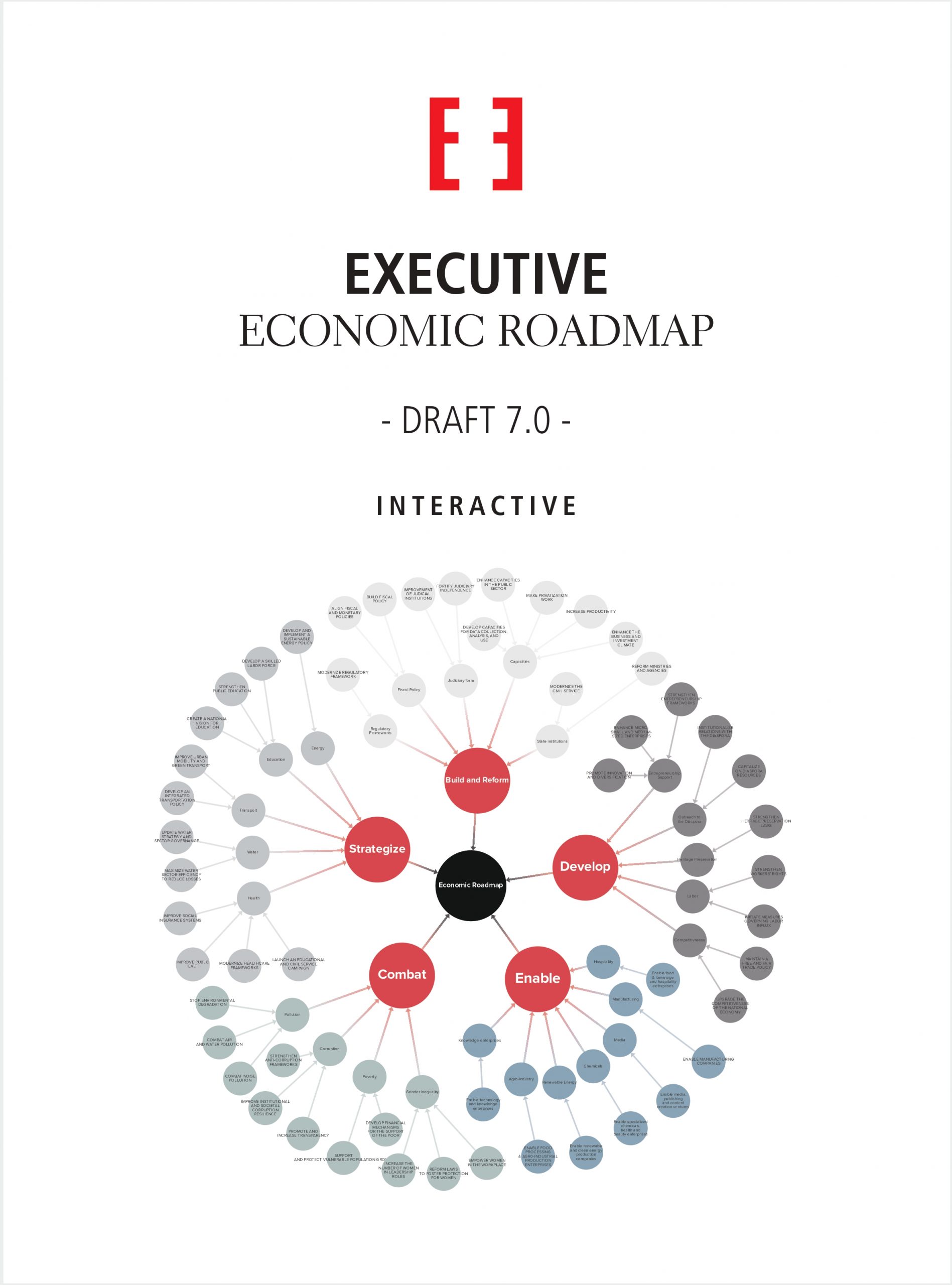The Middle East and North Africa (MENA) region has witnessed notable changes in the past few years. Beginning in 2008, the global financial crisis, followed by social and political instability, has badly affected several economies as well as caused significant disruptions in trade.
This situation has triggered a surge in demand for credit risk protection — including political risks. For numerous companies, trade credit is a key function of sales. In order to sell more, companies must be prepared to offer deferred payment options to customers, whether they are local or foreign.
Trade credit insurance is an ideal tool that helps substantially reduce the risks of a company not being paid, which can severely impact a company’s financial stability.
Domestic and export trade receivables are very often the largest asset of a company. Why do companies protect their fixed assets (buildings, equipment, vehicles, stock, cash, etc.) against fire, theft, earthquakes and more, but ignore the risks affecting their trade receivables? Trade credit insurance covers manufacturers, traders and providers of services against non-payment of their receivables by local or foreign customers. It protects companies from commercial risks, such as delays of payments or the insolvency of a buyer. It can also cover political risks in case of export transactions, such as war, transfer risks and license cancellation.
Trade credit insurance has become a necessary tool to cover credit risks in unstable markets within the MENA region.
Public vs. private
Across the MENA region, several institutions have been set up to provide trade credit insurance to national companies. Mainly found in the form of governmental export credit agencies (ECAs), these institutions are widely active in some countries across the MENA region. ECAs are credit and investment insurers that provide risk mitigation products to exporters and cross-border investors, allowing them to do business safely in volatile environments. They were originally established to support their national exports; however, their role has grown in recent years to include domestic trade.
While public and private credit insurers are rarely in the limelight, the importance of credit insurance for global trade can be illustrated by the fact that more than 10 percent of global trade each year is insured by the members of the Berne Union — the global association of credit and investment insurers. In 2012, the total value of insured short-term and long-term credit and investment agreements exceeded $1.8 trillion.
The Berne Union represents the world’s largest and longest-established credit insurance agencies, with ECAs and industry names such as American International Group (AIG), France-based Coface, Germany’s Euler Hermes and Atradius of the Netherlands. At the Berne Union Prague Club, 36 emerging market credit insurers from both public and private backgrounds come together. The aim of this association is to support the development of the trade credit insurance industry, raise its profile and support its members. One third of Prague Club members are located in the MENA region.
ECAs are driven by a mandate (and subsidized by their government) to support exports and promote cross-border investments. Their appetite for risk is often driven by their government’s trade and economic policies. They often fall under their national ministry of finance or trade or central banks.
Middle Eastern Prague Club members include public sector institutions such as Dhaman, the Kuwait-based multilateral Arab Investment and Export Guarantee Corporation, and the national ECAs of member states in the Gulf Cooperation Council along with the state-owned agencies in Jordan and Egypt. The only country in the MENA region with a private sector member company in the Prague Club is Lebanon, represented through the Lebanese Credit Insurer (LCI).
Private credit insurers don’t have a national mandate. They are usually driven by market opportunities and shareholders’ strategy. However, usually their role overlaps with the ECAs’ and the services offered by both entities could be complimentary.
In general, the public institutions are most likely to underwrite credit risks where the private institutions leave market gaps. Private sector credit insurers are generally more likely to adapt in a prompt manner to market trends and changes, thus offering new tailored products. As risk profiles in global and regional trade and investment activities are continually evolving and today change sometimes almost overnight, growth of private credit insurance in the MENA region is an area of significant opportunity.


